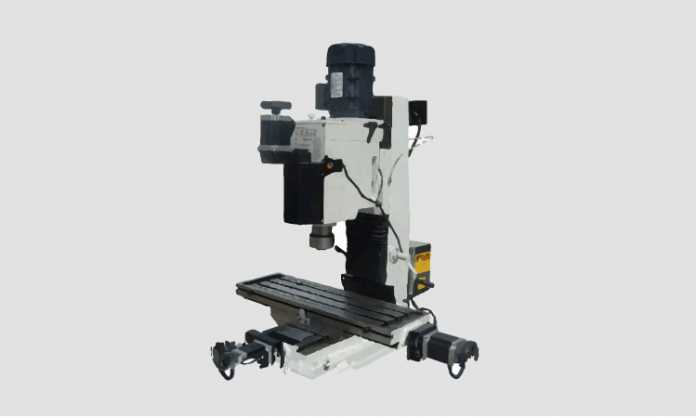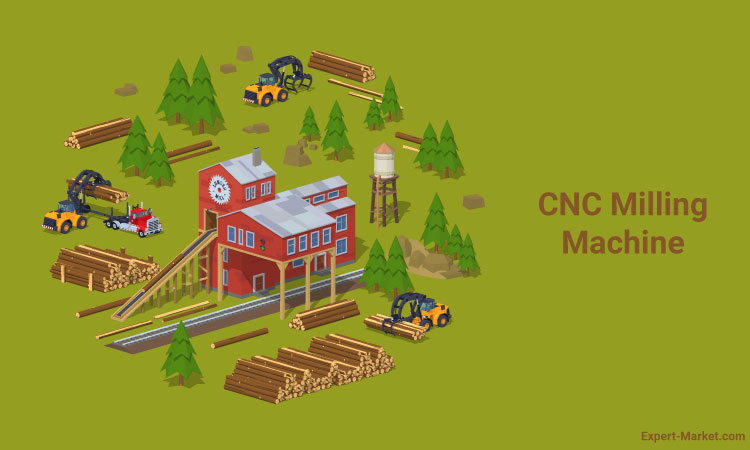Milling machines are available in various sizes, from small ones to those that need a warehouse for proper operation. These machines drill and carve into objects to create the desired shapes. With the use of various tools, milling machines can form shapes from raw products, put threads for bolts, and drill holes.
While the traditional device relies on a machinist or operator for accuracy, the computers control the modern CNC milling machine to create precise shapes.
Parts of a milling machine
The two main parts of the milling machine are the head and the motor. The head carries the collets that hold the tools for milling an object. The movement of the head is upward and downward on a Z-axis while the motor spins the tools. The motor can either be a pulley system to vary the tool speed or a motor with variable speed.
The table moves on the X and Y axes manually with the use of hand-wheels to move the material against the cutting tool or to place it below the head.
Difference between vertical milling machine and horizontal milling machine
The vertical milling machine has a classification of turret mill and bed mill. The horizontal milling machine gets divided into universal horizontal and plain horizontal. Buyers and workers usually choose the milling machines according to the feed direction, cutting speed, feed rates, etc.
The vertical milling machine and the horizontal milling machine are two categories of the CNC milling machine. In vertical milling, the spindle axis is in a vertical position. It requires a smaller work area, while the horizontal milling aligns the axis horizontally and needs a more prominent work site. Vertical milling machines have a sense of versatility, and many machinists use them.
On the other hand, horizontal milling machines are heavy-duty and suitable for cheap removal project.
Computer Numerical Control
A CNC milling machine produces certain parts that require little interference by the user. The stepping motors are precise measuring tools that move the table and the head. They also pick the instruments and cut the parts into accurate dimensions, eliminating manual labor that can be time-consuming and quite challenging.
The computer numerically controlled machine must operate correctly, so it needs an expert machinist to perform the job. When it comes to programming, the operator can do it at the milling machine itself or the computer terminal. Programming may also come from CAD software, together with CAM software.
Safety precautions on milling machines
When working with a milling machine, it is better to have a buddy system, particularly when moving large and bulky attachments. When the engine is in operation, do not attempt to adjust the mounting devices or workpiece. Do not touch the revolving cutter, and do not use machine power to tighten the arbor nuts. Use the right brush or rake when removing chips from the workpiece.
Use a rag when removing or installing milling cutters to prevent accidents such as cutting your hands. Also, place the cutter last when setting up work to avoid injury.
When choosing your CNC milling machine, determine the amount of work that it needs to do. Consider the complexity of the job and the necessary variants of the axis. The speed of the machine is equally crucial to its power. Also, keep in mind that some milling machines require various attachments, which come with additional costs.

































